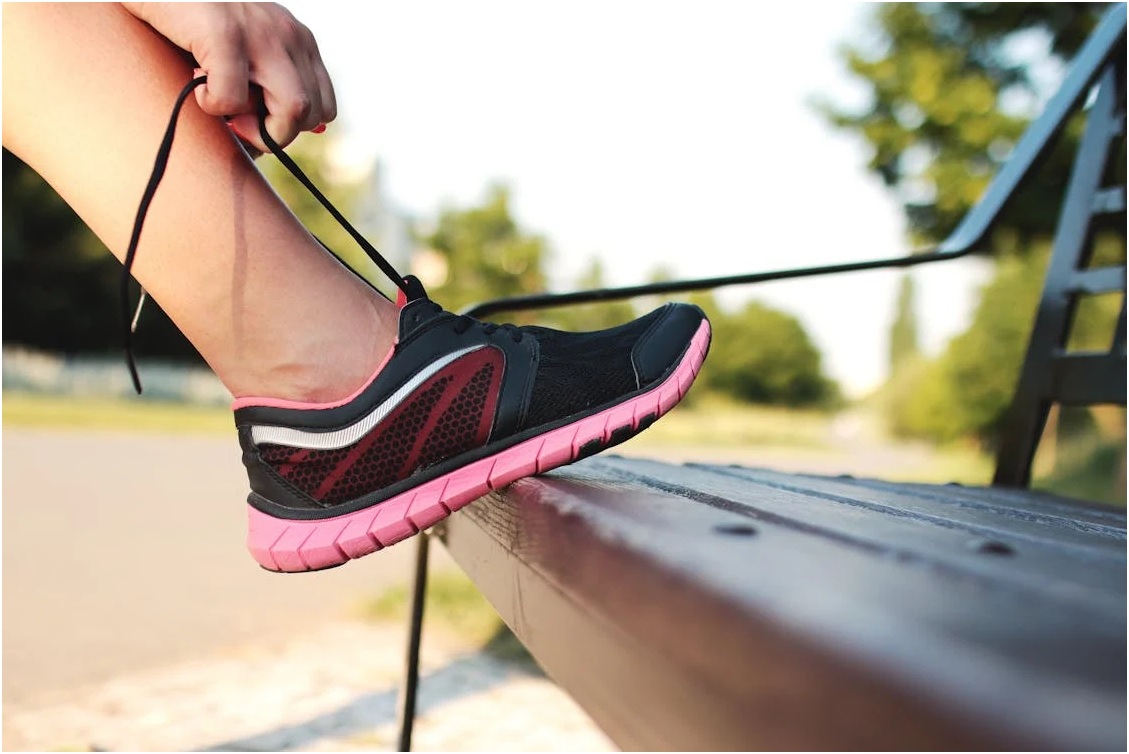Top Lifestyle Changes to Prevent and Manage Varicose Veins
Varicose veins are a common condition affecting millions worldwide, characterized by swollen, twisted veins visible just beneath the skin’s surface. Often appearing in the legs, varicose veins can cause discomfort, pain, and even more severe health issues if left untreated. While certain factors like age, genetics, and hormonal changes can increase the risk of developing varicose veins, several lifestyle changes can help prevent or manage this condition. Understanding and implementing these changes into your daily routine can significantly improve your vein health. For more detailed information, refer to Varicose Veins: Causes, Symptoms, and Treatment.
Understanding Varicose Veins
Now that we know what varicose veins are and what causes them let’s look at the lifestyle changes that can prevent the appearance and development of the disease. Varicose veins are caused by a failure of the veins’ valves that control blood flow through the veins. This results in blood accumulation and stretches the veins’ walls to varicose. These symptoms are as follows: leg pain, swelling, and a feeling of heaviness in the legs, particularly when standing or sitting for a long time.
Women are more prone to varicose veins due to hormonal factors, particularly during pregnancy, menstruation, and menopause. Additionally, occupations that require prolonged standing, such as teaching or nursing, can increase the likelihood of developing varicose veins. While some risk factors are unavoidable, specific lifestyle changes can significantly prevent or manage the symptoms of varicose veins.
Incorporating Regular Exercise
One of the most effective methods of preventing varicose veins is regular physical activity. Through exercise, the muscles of the legs are developed to act as pumps, which assists in blood circulation. Examples include walking, swimming, and cycling because they stimulate the calf muscles, essential for circulation.
This is why people who spend most of their time sitting or standing should exercise for some time. Some basic physical exercises like stretching, leg lifting, or even walking for a few minutes can ensure your veins are healthy. Moreover, including exercises such as yoga, which helps with flexibility and blood circulation, will also help prevent varicose veins.
However, certain types of exercises that place pressure on the legs must be limited, especially weights. If you have a history of varicose veins, it is also advisable to consult your doctor before engaging in any new form of exercise to avoid worsening your condition.
Balancing between Healthy Eating and Obesity
Diet is another crucial factor contributing to the overall health of the veins. Consuming foods rich in fiber, antioxidants, and nutrients that can help reduce inflammation can enhance the prevention of varicose veins. Whole grains, fruits, and vegetables contain fiber essential in preventing constipation, which puts pressure on the veins in the lower part of the body, thus causing varicose veins.
Foods high in antioxidants, such as berries, leafy greens, and nuts, shield the veins from free radical damage. Also, foods rich in vitamin C, like oranges, strawberries, and bell peppers, are beneficial in the synthesis of collagen, a material crucial in vein elasticity.
It is also crucial to keep your weight in check because obesity is one of the causes of varicose veins. Obesity also exerts pressure on the veins, particularly in the legs, raising the likelihood of having varicose veins. To prevent varicose veins, one should follow a proper diet and perform exercises, thus ensuring that one does not gain excess weight, which would exert pressure on the veins.
Avoiding Prolonged Standing or Sitting
Another common cause of varicose veins is remaining upright for long periods, whether standing or sitting. Lack of movement resulting from standing or sitting with no exercise allows blood to accumulate in the legs, causing pressure in the veins and the formation of varicose veins.
If your job involves standing most of the time, try shifting your weight from one leg to the other at some point and taking a stroll now and then. Likewise, if you are desk-bound, ensure you stand up and flex your muscles or walk around your office every hour. This change can be very effective in lessening the pressure on the veins and allowing proper blood flow.
Conclusion
Although varicose veins can be painful and uncomfortable, the good news is that many factors that lead to their development can be avoided or minimized by making certain modifications to your lifestyle. Some ways vein health can be maintained include engaging in exercises, taking a balanced diet, and reducing time spent standing or sitting. Although these changes may entail some effort, the advantages of preventing and managing varicose veins are worth the effort. If you have issues with varicose veins or are experiencing some of the symptoms mentioned, always seek a doctor’s opinion.
Read More: 7 Tips for Choosing the Best Independent Senior Living Community

